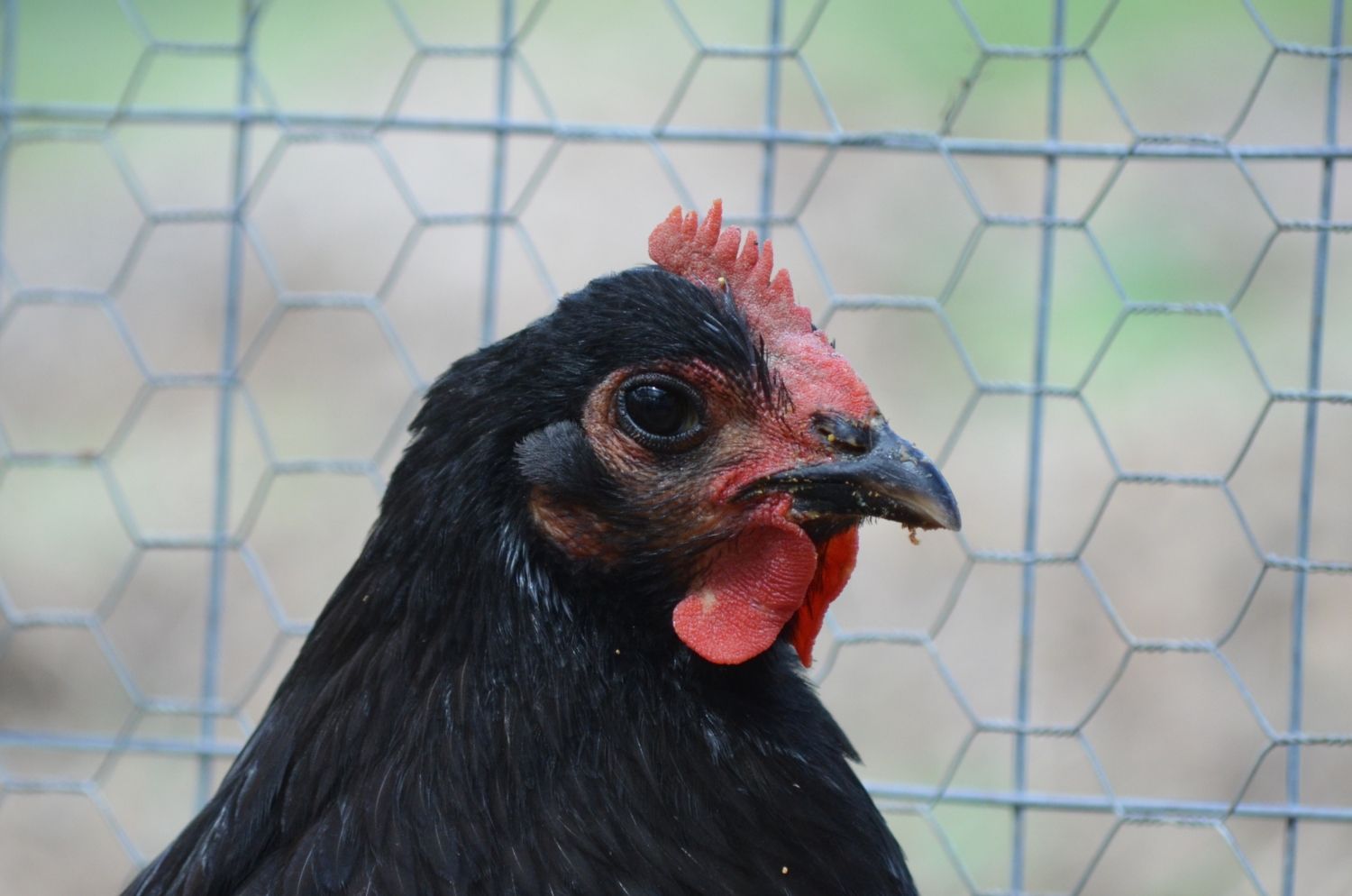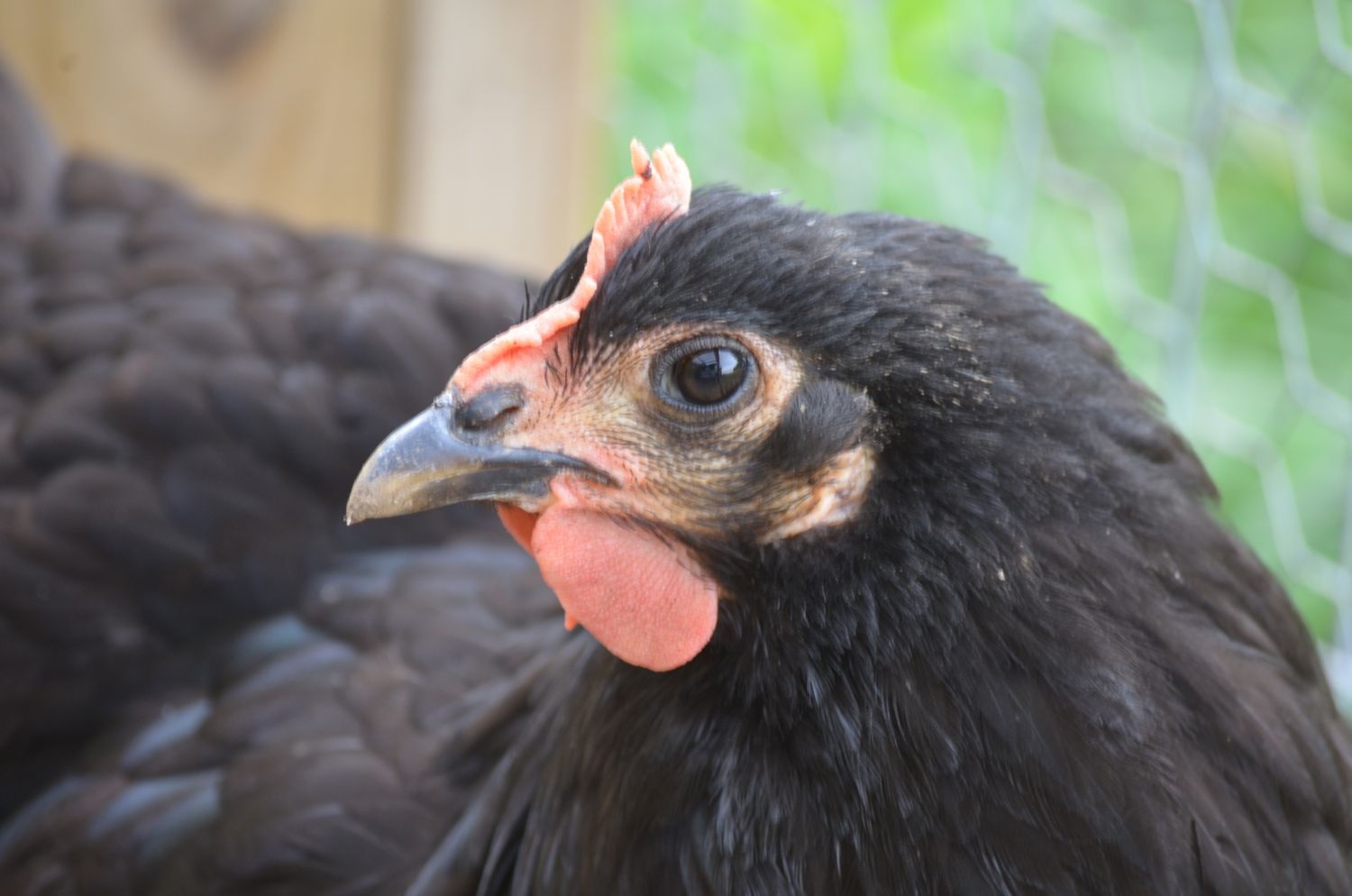- Jul 27, 2011
- 38
- 2
- 22
We are having a bit of a conundrum around the olde farm. We are planning on processing some of our older girls that are no longer laying. Problem is, a few we are just not sure if they are still laying or not.
I have heard that you can check the spacing of the pelvic bones to see if they are currently laying. I know this can be done to see if a chicken has *started* laying or not, but I have not heard about it being used to find out if one has *stopped* laying.
Without separating them one-by-one (which isn't practical in my situation), is there a way to determine who has stopped laying?
Thanks!
I have heard that you can check the spacing of the pelvic bones to see if they are currently laying. I know this can be done to see if a chicken has *started* laying or not, but I have not heard about it being used to find out if one has *stopped* laying.
Without separating them one-by-one (which isn't practical in my situation), is there a way to determine who has stopped laying?
Thanks!









